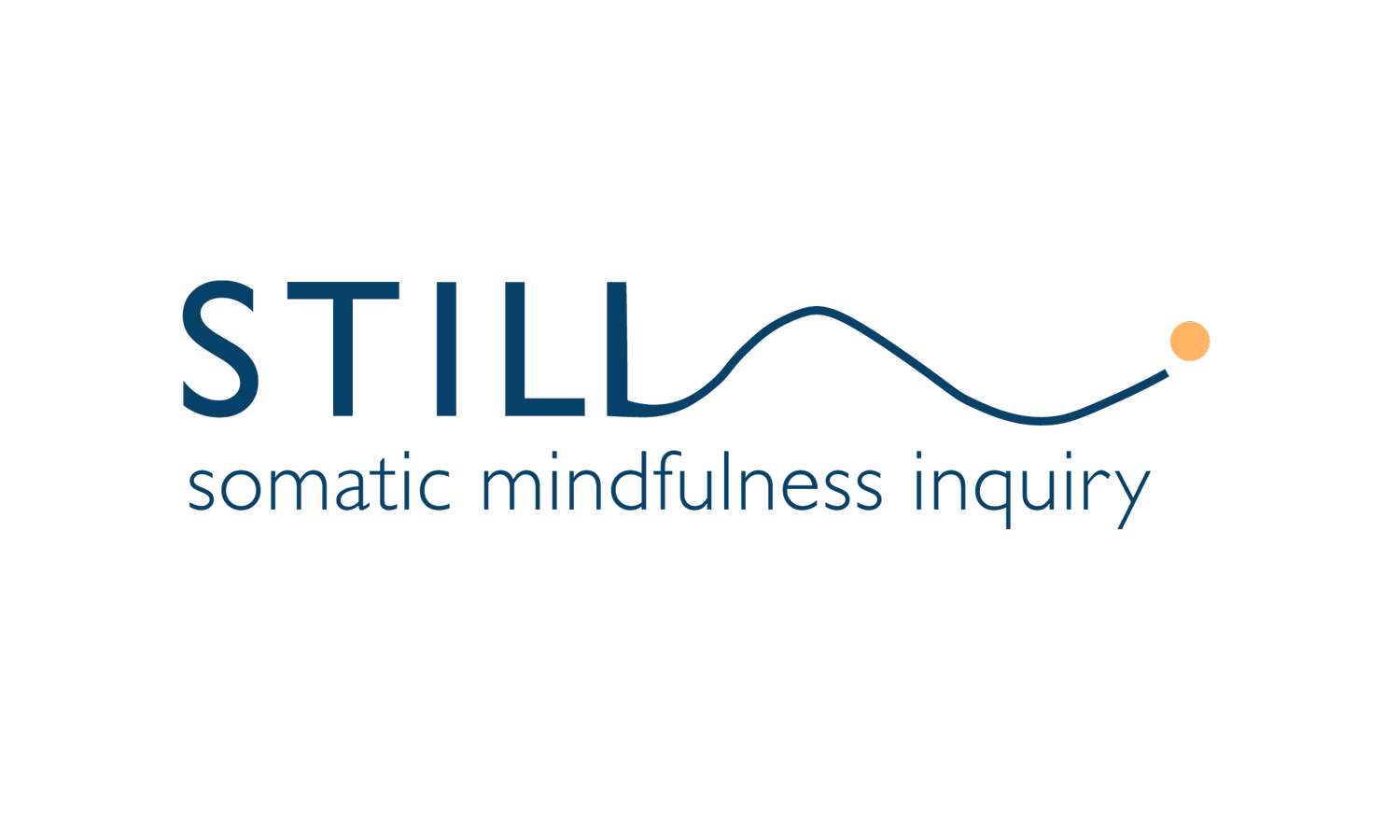Somatic Mindfulness
We have to be “in” our body to heal and to live a happy, meaningful life. So why do so many of us “live in our head”?
When something is too much for us, when we’re overwhelmed and under resourced, we store unresolved trauma in our body. This happens to us as children and as adults. It makes sense that we escape into overwork, food, shoe shopping, screens, alcohol and other drugs, and most damaging, we escape into our heads. We disconnect from our body and our heart. We leave ourselves behind.
There has been a significant increase in western cultures in the acceptance and integration of mind-body practices in various areas, including healthcare, workplace, fitness, and wellness. These are two examples.
Integrative Medicine: The integration of mind-body practices, such as meditation, yoga, and mindfulness, into conventional healthcare settings. Many hospitals and medical centers now offer complementary and alternative medicine programs like psychologist and meditation teacher Richard Miller’s iRest protocol for healing PTSD.
Education: Mindfulness-based programs like Goldie Hawn’s MindUp help students develop focus, emotional regulation, and stress management skills. Educators are recognizing the potential of mindfulness practices to enhance overall well-being and improve academic performance.
We are hungry for connection with others and to come home to our own heart and body.
Healing our nervous system is core. We develop hypervigilance because of trauma. Our nervous system has a priority for physical survival, a negativity bias because we can’t afford to miss cues of danger, and a long memory. We are alarmed at a tone of voice that signaled danger when we were a child and are flashed back to feeling powerless, like we actually were then.
Our survival systems worked in hunter gatherer society. They have not evolved quickly enough to cope with modern life, where most of the images of danger that we see are happening to someone else somewhere else. Our brain reacts to video images as though we are facing an immediate physical threat and we’re not.
Our nervous system operates underground, in our unconscious. Our eyes scan our environment, ignoring most of what we see and zeroing in on anything different that might be a potential threat. We can’t turn that off, nor would we want to. What we need is to bring our awareness to this unconscious process.
Somatic mindfulness of body, breath and associated thoughts can help us recognize activation sooner, and unwind those patterns to increase the accuracy of our neuroception, our assessment of threat.
Somatic Mindfulness Inquiry into the safety of the present moment
As you move through your day, keep some attention on your body and breath. Tension in your muscles or holding your breath will alert you to your nervous system signals, and you can use grounding and orienting practices to come back.
Look around the room you are in for cues of safety. You are here in this moment.
Life is often difficult and we don’t enjoy the challenges we’re facing. Being grounded here in our more resourced adult body and mind helps us resist being hijacked by feelings of powerlessness from the past. Our nervous system uses evidence from our past and our circumstances are different now.
When we notice we’re holding our breath, we can first interrupt that pattern, by taking a few deep breaths and longer exhales or do some cyclic sighing for a reset. Over time, we can establish smooth continuous diaphragmatic breathing as our new baseline. This signals safety.
As our hypervigilance lessens, our tight contracted muscles soften. We come down from being prepared for fight or flight at any moment. We stop clenching our teeth and our shoulders release away from our ears. This signals safety.
Anxious compulsive thinking is a result of a hypervigilant nervous system. As this eases, we have more opportunity to take a step back and witness our thoughts. Part of our mind believes everything we imagine. We stop ourselves from spiraling down into catastrophic thoughts.
These habits of the body, breath and brain develop over time for good reasons. Somatic mindfulness allows us to remain or return more quickly to the present moment where we can see more clearly and feel what is here.
“The body either has a sense of safety or it doesn’t. If it doesn’t, it will do almost anything to establish or recover that sense of safety.” Resmaa Menakem
We understand our nervous system and how everyone has a range of experience. We widen our window of tolerance for “safe enough”.
We build resilience and strength as we become proficient at noticing sooner, and we become skilled at emotional self-regulation.
Our focus this summer in our Sunday free community class is to increase our awareness, build strength and resilience, and share our experience with each other. We are getting to know ourselves and each other. You are so welcome to join us.

